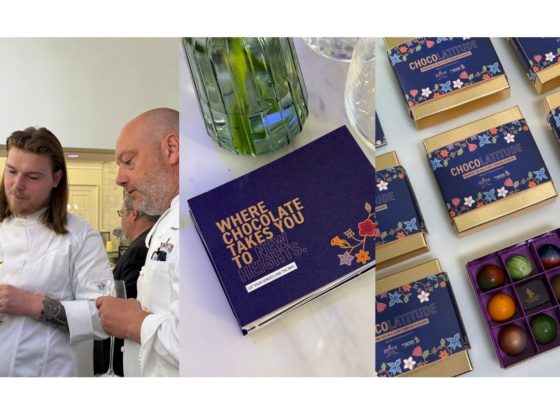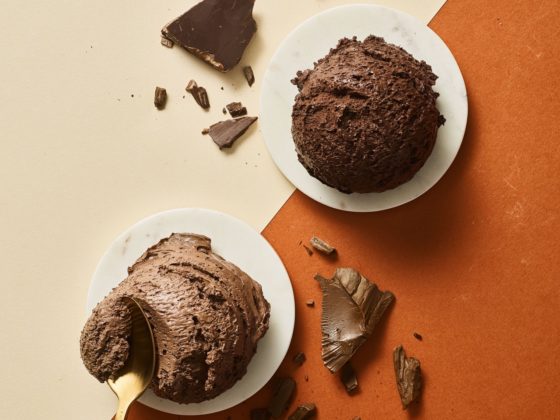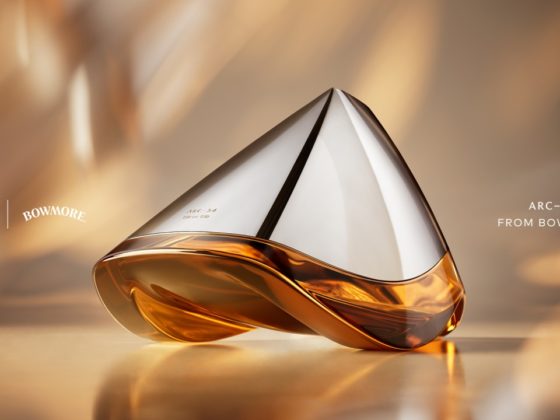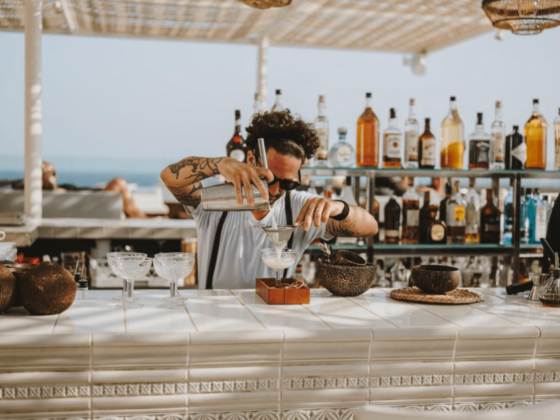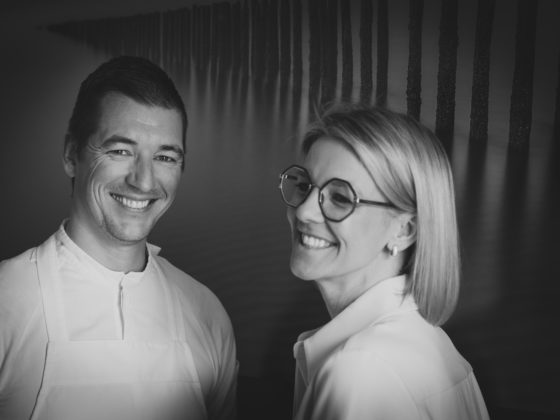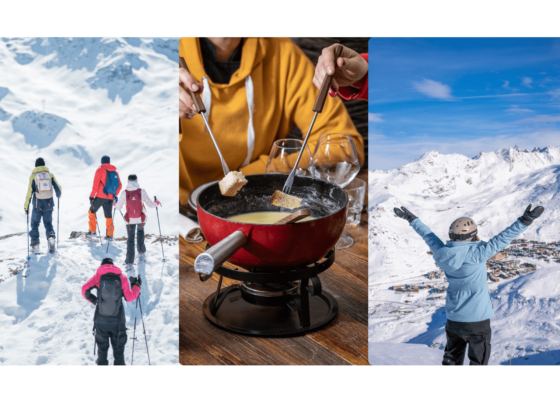In collaboration with Castel Frères
Our wine specialist Jasper Van Papeghem is ex Best Sommelier of Belgium 2017-2018 and former sommelier of two-star restaurant De Jonkman in Bruges. Each month, he brings his own unique perspective on the world of wine. And he gives insight into his notebook with 'coup de coeurs'.
Château Beychevelle is without doubt one of the most historic and renowned châteaux in Bordeaux. The château itself is an architectural gem unparalleled on the Left Bank with its stately towers, centuries-old cedar tree and magnificent sculpture garden.
In the footsteps of Molière
Art and culture are indisputably part of the DNA of the Versailles of Bordeaux: for example, Molière once performed in the chateau’s beautiful garden, and his love of Bordeaux wines was sparked here. The chateau’s first owner, Jean-Louis de Nogaret de la Valette, received the chateau as a dowry in 1587 after being appointed admiral of France.
In the turbulent French times of the sixteenth century, he quickly became a symbol of class, steadfastness and commanded respect and awe from friend and foe alike. As an ultimate tribute, whenever a ship passed the domain, the captain would give the command ‘baisse voile’ (lower the sail), which quickly became popularly known as Beychevelle. The castle changed hands many times, but the name and the legend were always preserved.

Another bow
At the 1855 grading Beychevelle was given the status of 4ième grand cru classé and quickly became one of the benchmarks on the left bank. The chateau was known for its rich, almost sumptuous style, with the Cabernet-Sauvignon playing first fiddle. Of course, this meant that the wines could keep for a very long time, but they were often too severe and needed a lot of time to ‘drink’.
The château perhaps rested on its laurels a little too much and let the renovation pass by all too often. With the acquisition of the château by the Castel and Suntory Group, it was resolutely decided to change course. Over the years, this led to a renovation of the wine cellar to be able to vine separately for each parcel, and above all, a better, more driven operation in the vineyard. The density of the plants was increased, which created more competition between the vines, and the roots had to search deeper for the necessary and especially better nutrients.

Engineering is also becoming more important here year after year, but this is reflected not only in the reduced or no use of pesticides, among other things, but also in the waste disposal and energy consumption being greatly reduced. Recently, new trees and bushes have been planted, together with a new greenhouse that should ensure better biodiversity. But the most important thing is still what is in the bottle.
The fleet of Beychevelle
Of course, it is what is in the bottle that counts. Beychevelle is no longer the powerhouse of yesteryear, but true to its roots it is still a solid wine. With the investment in a new wine cellar and the hiring of a new winemaker who previously won his spurs in Pomerol, the choice was made to make a wine with mainly riper grapes and less hard tannins. Of course, the flagship is still the Château Beychevelle which, with its perfect symbiosis of tradition, power, elegance and finesse, achieves high scores year after year. The second wine, Amiral de Beychevelle, which is made from the younger vines of the domain is not inferior to its big brother, but is sooner to drink and a good introduction to the wonderful Beychevelle universe.
Since 2016 the Beychevelle fleet has been enriched by a new wine: Aspirant de Beychevelle. This is not a ‘third wine’ but a new, separate acquisition for the château. This wine is mainly distributed for the international gastronomy and now wants to find its way also in Belgium as an easily approachable and easy drinking wine. Faithful to the château’s ideal, this certainly does not mean a lower quality, but rather a different approach to the wine-making process itself.
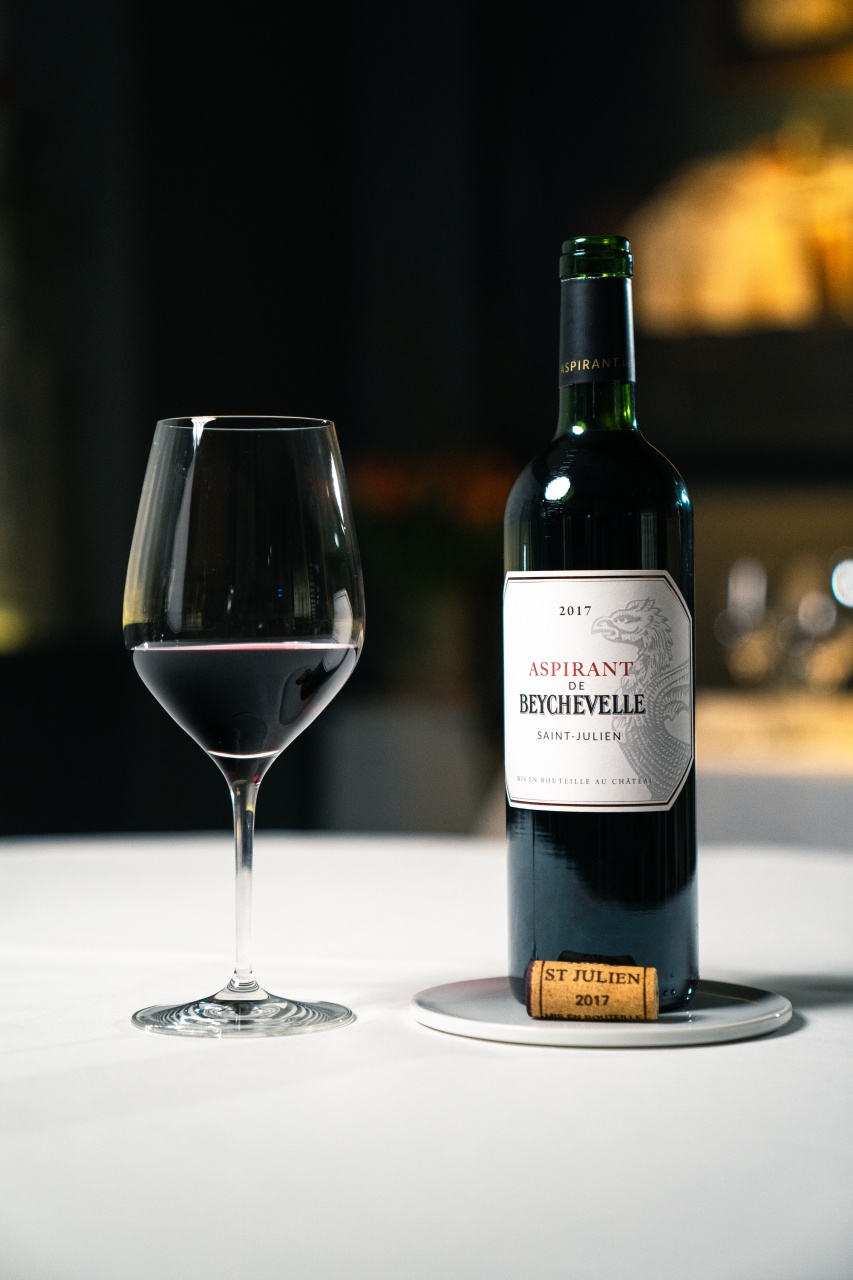
This is mainly reflected in the higher proportion of Merlot (46%) and less oak barrel. 2017 was a challenging year with especially some spring frosts threatening to throw a spanner in the works, but thanks to Beychevelle’s unique microclimate (and the excellent location right on the Gironde is certainly among them) and the excellent work in the wine cellar (where each parcel is vinified separately), they managed to make an extremely fine and fruit-driven wine.
Aspirant de Beychevelle 2017:
Bright, brilliant cherry red colour with fine purple sparkle. Nice, well-formed tears that end rather slowly. First nose mainly some dark red fruit and a slight pepper touch. After rolling, mainly some dark red fruit (cherries) followed by sultry black fruit. Especially some blackberries, blueberries and cassis. The fruity notes are nicely supported by an ever-increasing spiciness. Garrigue and some thyme dominate here. The slight torrefaction manifests itself mainly in some dark chocolate, lightly roasted coffee and cedar.
In the mouth, a surprisingly fresh onset with a good acidity followed by young, crisp tannins and a light moelleux that supports the whole. in the aftertaste, the fruit lingers, nicely supported by the light wood tone and especially the acidity that provides an elegant yet long finish. Elegant and refined as we may expect from a good St Julien, but a bit more playful and fresh than its big brother and competitors from the region. A discovery…
Hook up the sail!
With the upcoming Easter celebration, the editors of Puredeluxe went in search of a top performer in Belgian gastronomy to get started with the ultimate Easter food & wine pairing with l’Aspirant de Beychevelle 2017. Today, we are proud to present you the collaboration and the matching Easter recipe from chef Lieven Demeestere of the restaurant Arenberg in Heverlee.

Both the chef and his restaurant are big names in Belgian gastronomy. Lieven and his wife Iris have been running the Arenberg restaurant since 1996, after previously successfully running Salons Georges in Leuven. Arenberg Restaurant has obtained 1 Michelin star and is rated 15/20 in Gault Millau. In Leuven and far beyond, the restaurant is known for its high-quality product cuisine that pays full tribute to the ingredients. Chef and owner Lieven Demeestere is today also the chairman of the 33 Masterchefs of Belgium, the leading club of top chefs in Belgium.

Today, the chef presents you with his pasta suggestion: grilled rack of lamb, risotto of peas with asparagus, morels and Iberico mushrooms and wild thyme gravy. Easter spontaneously brings lamb to mind, but this dish has a modern twist, as does the wine: the peasants and green asparagus literally and figuratively bring new life, just like Easter. The wine’s smooth tannins harmonise beautifully with the lamb. In addition, the wild thyme gravy makes for a subtle pairing with the same notes of thyme and garrigue found in the wine earlier. Put this dish on the table and we will have a great Easter for the guests present!
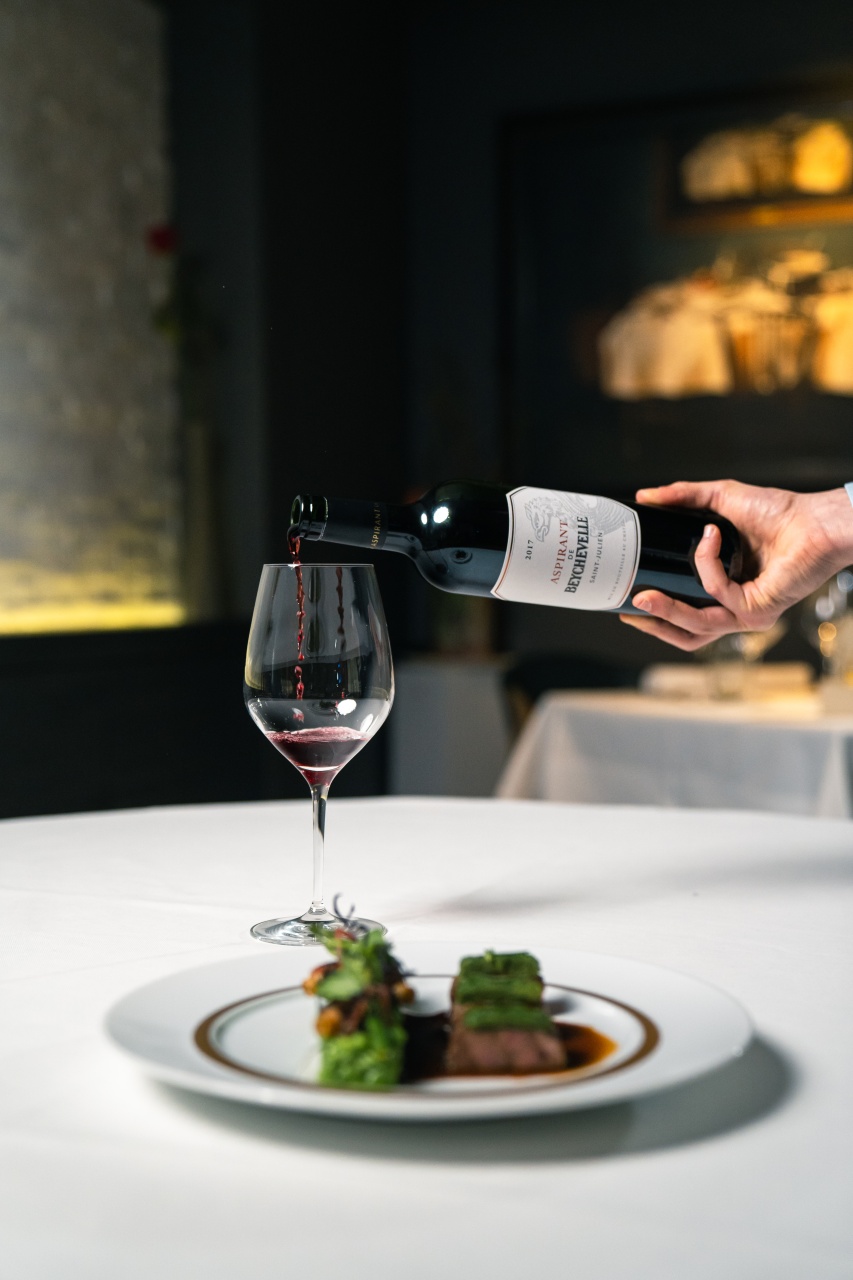
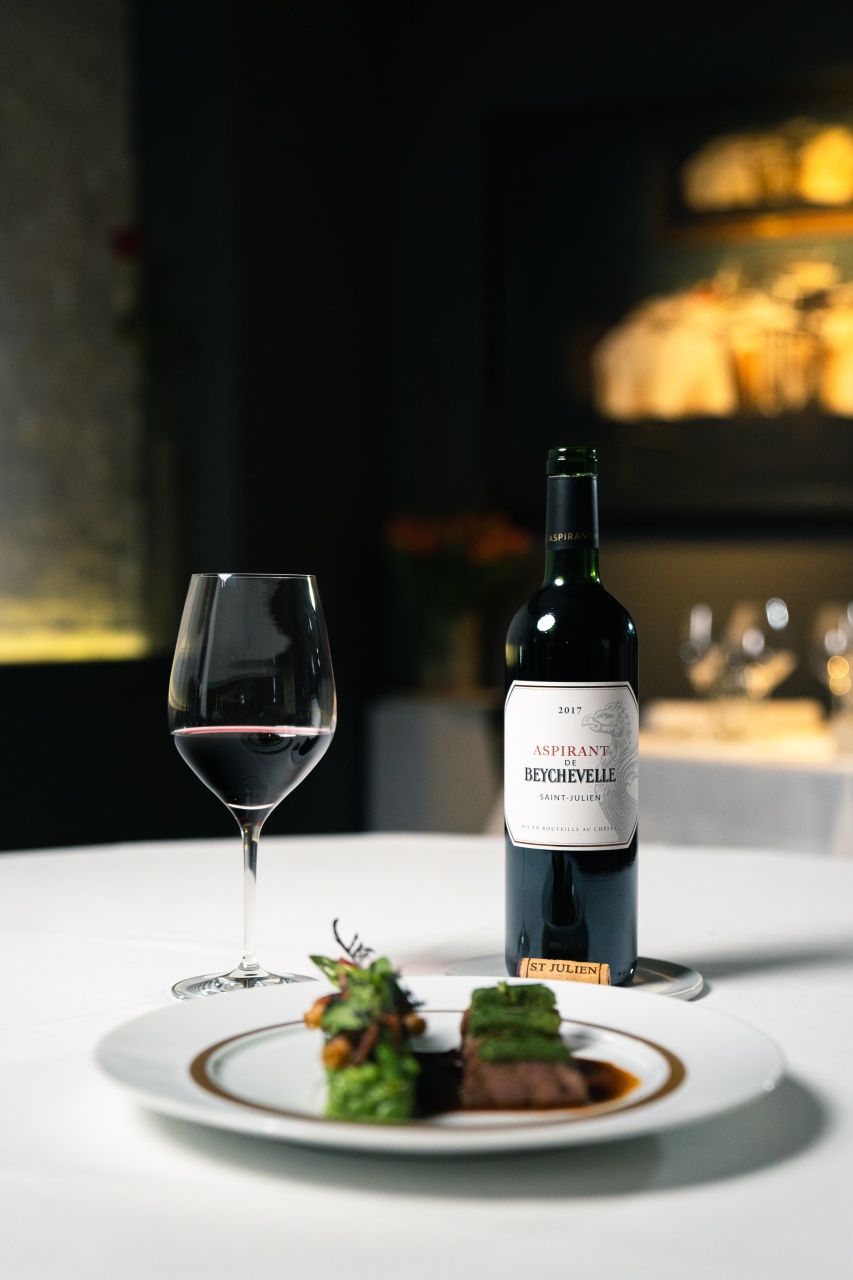
Institutions for 4 persons :
- 600 gr. skinned lamb fillet or crown of lamb
- 200 gr. risotto rice (Carnaroli or Arborio)
- 100 gr. spinach
- 200 gr. peas, shelled
- 40 gr. fresh morels or 20 gr. dried
- 8 green asparagus
- 500 ml. chicken stock
- Olive oil, ground Parmesan cheese, knob of butter
preparation
- Gently season the lamb with salt and pepper and possibly Provencal herbs
- Grill (or colour in pan), +/- 5 to 6 minutes in oven 180°C and then let rest for 5 minutes
- blanch and purée half the peas and the washed spinach
- Smoke the rice briefly with half a chopped shallot, moisten with half the hot stock and steam over a gentle heat for about 14 minutes
- Mix the rice with a little olive oil, pour it out and let it cool (this can be done the day before, so that the rice is nice and ‘al dente’)
- Heat the rice with a little stock, the puree of peas and spinach, the grated cheese and a knob of butter. Check the seasoning and finish to make a smooth risotto.
- Finalise the risotto on the plate with the cooked vegetables and Iberico shavings and green garden herbs if desired.
- Sauce: reduce ½ litre of brown stock from lamb or veal with 250 ml of port or Madeira, together with the thyme and ½ clove of garlic. Reduce by half, sieve, season and finish with a knob of butter
Tasty and from the Puredeluxe editorial staff we wish you a blissful and delicious Easter anyway! If you are looking for more food & drinks inspiration, you can always visit our section Purefood!
Distributed by Cinoco. Available in all good wine shops and on palaisduvin.be

More information about Restaurant Arenberg can be found here: https://www.restaurantarenberg.be/





